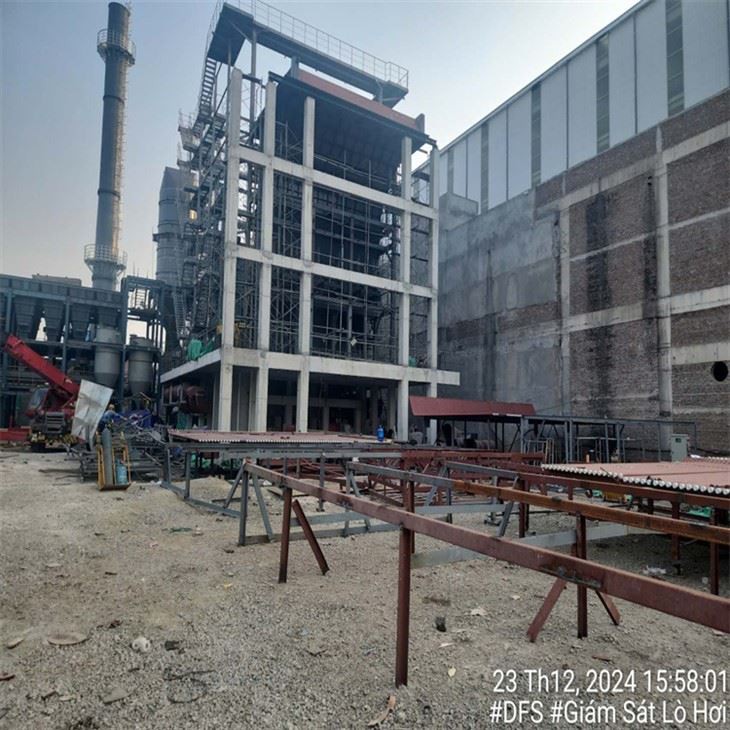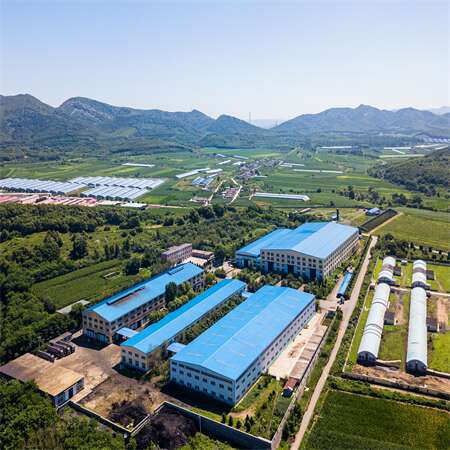
why choose Us ?
Tenor Low Carbon new Energy Technology (Liaoning) Co., Ltd. was established in 2021 and registered at the Industrial Incubation Base of Dalian University of Technology. Through cooperation with thermal power departments, environmental departments, mechanical departments, inorganic materials and other disciplines of HIT and Dalian University of Technology, the company focuses on designing and developing complete sets of small urban waste incineration technologies; Focusing on the application of technologies such as furnace arches, modular assembly, and dust reduction and dioxin removal inside the furnace to ensure full combustion of waste.
Products Description
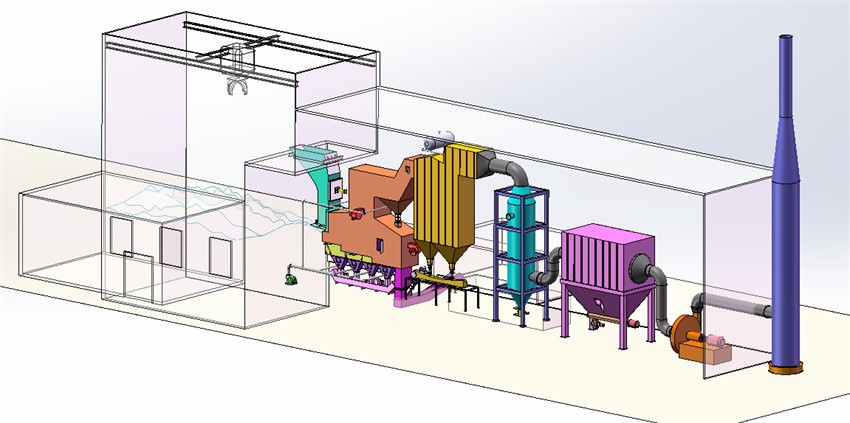
Tenor made small waste incineration system was developed by Tenor Low Carbon New Energy Technology (Liaoning) Co., Ltd. and Dalian University of Technology research team. WTE incineration system including hopper, feeding machine, stoker furnace, step grate, ash hopper, slag removal system, transport aircraft and combustion chamber, suitable for daily capacity of 50 to 250 tons/d of small domestic waste incineration projects.
Products Parameters
|
Scale (t/d) |
Number of furnaces |
Overall height of equipment (m) |
Floor space (m2) |
Emission standard |
|
50 |
1 |
17 |
60 |
《Pollution control standards for household waste incineration》 (GB18485-2014) |
|
100 |
1 |
17 |
75 |
|
|
150 |
2 |
17 |
90 |
|
|
200 |
2 |
17 |
105 |
|
|
250 |
3 |
17 |
12 |
Main equipment
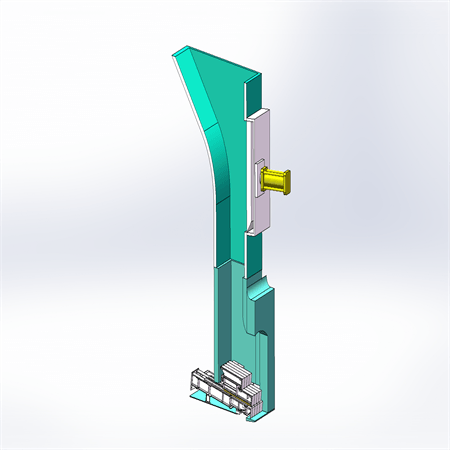
Feeding system
The feeding system is composed of hopper and feeder, and a gate is arranged inside the hopper. The gate not only ensures the sealing but also takes into account the function of breaking the "garbage bridge", and the "bridge" is broken through the gate movement when the garbage is blocked. The feeder and gate are driven by the hydro-cylinder, and the feeder can adjust the feeding speed according to the load of the incinerator.
Fire grate
Tenor made compact municipal waste incinerator adopts the step horizontal reciprocating grate (waste to energy system by moving grate incinerator), grate is divided into three stages of drying, burning and burning out zone, and the height drop between each grate is set, the garbage is scattered after falling, and the garbage is pushed to move while avoiding the incomplete combustion of garbage agglomeration. The reciprocating grate is driven by the hydro-cylinder, the three sections of the grate can be controlled independently, and the grate movement cycle can be adjusted according to the combustion state in the furnace. The grate is made of heat-resistant cast steel, which has good features of wear resistance, high temperature resistance and corrosion resistance.

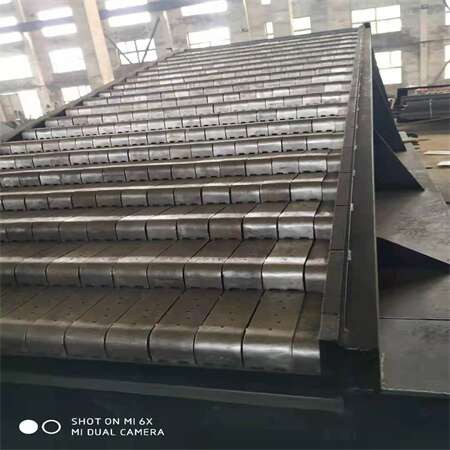
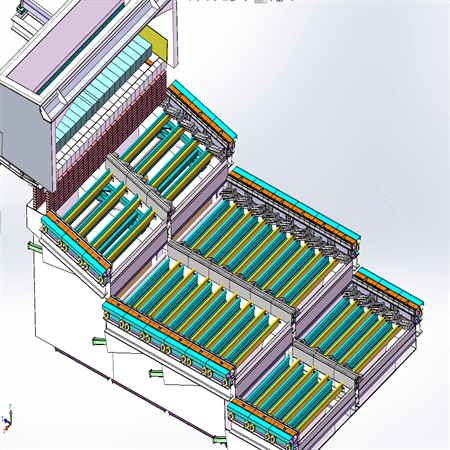
Grate advantages:
High efficiency stable combustion:
The garbage is fully burned, the thermal ignition reduction rate is low,Equipment performance: The grate has good wear resistance, high temperature resistance and corrosion resistance, low damage rate, low replacement frequency and low maintenance cost.The pores and gaps are matched with air inlet, and the overall air inlet effect is more uniform, which is conducive to uniform combustion and stable combustion.
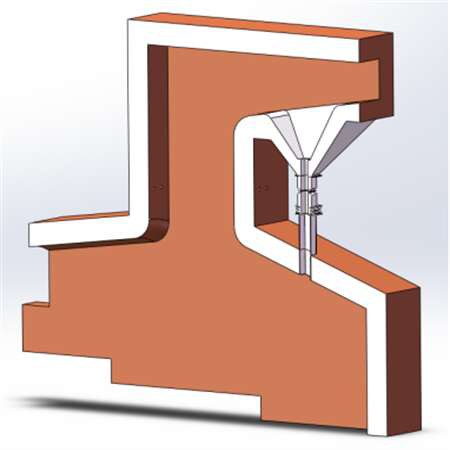
Incinerator
The combustion chamber above the grate is composed of front and rear arches and side walls. The furnace walls are built with thermal insulation cotton, castable material and refractory bricks. On the basis of the traditional incinerator structure, the front and rear arch structure is adjusted to enhance the heat radiation of the front and rear arch to the material layer, and the process of garbage drying and igniting is accelerated.
The secondary combustion chamber is arranged horizontally, compared with the traditional vertical flue, which reduces the overall height of the combustion system and reduces the construction cost. At the same time, the end of the secondary combustion chamber adopts a Spiral Separation structure and the principle of Tesla valve, which sends 90% of the fly ash in the flue gas back to the primary combustion chamber and enters the wet slag removal machine together with the ash. Effectively reduce the content of fly ash in the flue gas of the incinerator outlet and reduce the cost of follow-up treatment.
Solid waste incinerator process flow

What is the process flow of solid waste incinerator?
Following the garbage in the furnace, the three sections: burning, drying and burning out are carried out with certain temperature and pressure. Following the trash into the furnace, the three sections are: burning, drying and burning off, under a pressure and temperature.
The ash from the combustion of garbage is pumped into the wet-slagging machine via the slagging bucket, and the remainder goes to the slag pit. The horizontal conveyor for ash leakage is attached under the air-chamber, and small amounts of slag and ash under the grates are then sent to the machine that removes wet slag.
The combustion flue gas enters through the throat into the second combustion chamber. Secondary air is then added in the throat for the purpose of adjusting the furnace's temperature, ensuring complete combustion, and controlling the production of nitrogen dioxides.
It is possible to choose between hot water, steam, or electricity production according to project size and cost benefits. Deacidification of the flue gas is done after it has been cooled by heat transfer.
Process charateristics
- Easy installation, simple structure;
- Automate all equipment; reduce the workload of furnace personnel
- Construction costs are low and the total height of buildings is small.
- Secondary combustion chambers adopt a spiral dust-removal structure with a Tesla valve in order to reduce fly ash contents, lower the cost of dust removal, and increase the life expectancy.
- Heat burn is reduced by less than 5 %.
- Emissions of pollutants meet standard.
- Turn-key turn-key proposal with customized complete proposals and WTE equipment.
Waste to energy project display
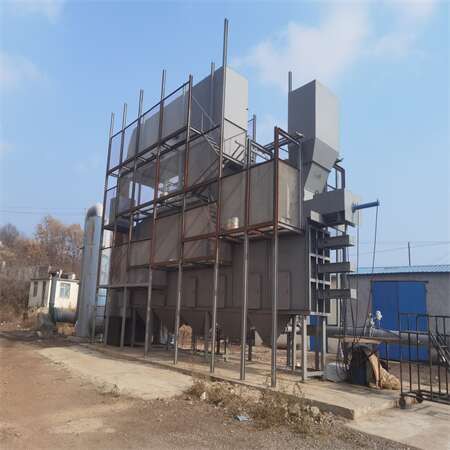
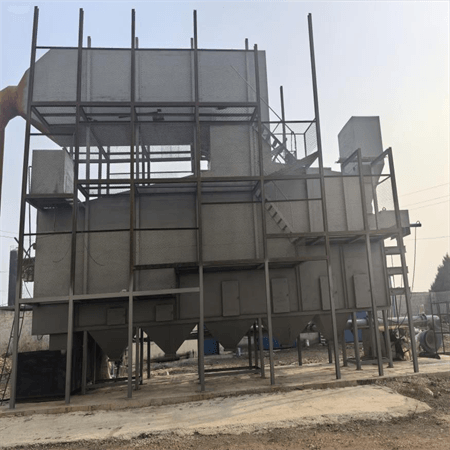
garbage incinerator 50 tons/d
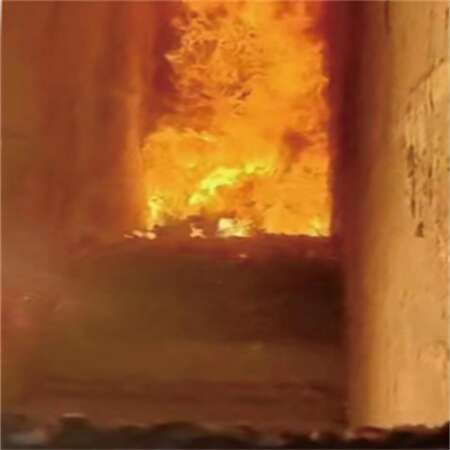
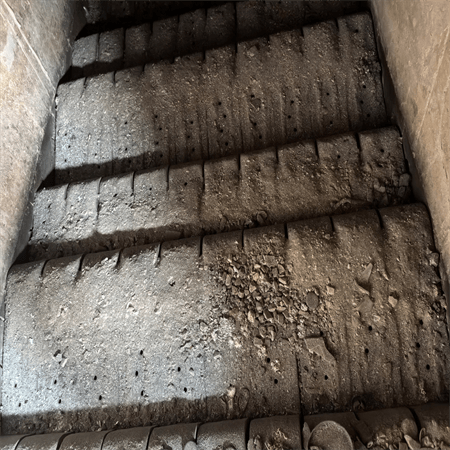
Benefite of Waste Management
MSW incinerator can produce steam, hot water and electricity generation, sustainable Power from Small-Scale Waste Incineration.
where is application?
Township, cities and towns, government, power plant.
FAQ
Q: what is incineration of solid waste?
Q: how does solid waste incineration generate electricity?
Q: what is the working principle of solid waste incineration?
Q: what solid waste is suitable for incineration?





